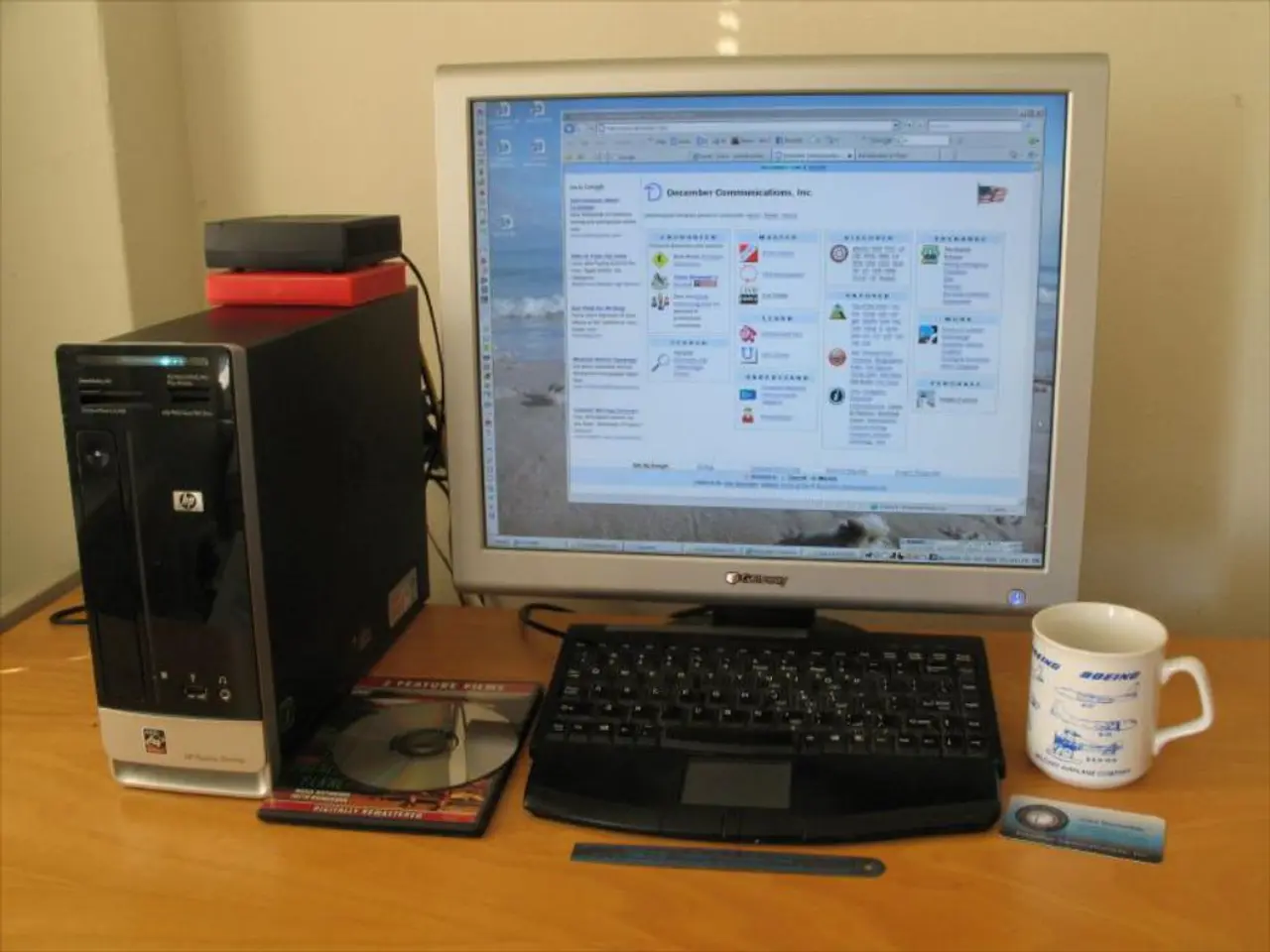Fundamentals of Computing Functionality and Processes
In the realm of technological advancements, few inventions have had as profound an impact as the computer. The history and evolution of this electronic device span over centuries, marked by distinct technological breakthroughs that transformed computing from mechanical aids to the advanced digital systems we use today.
### Early History and Pre-Computing
The roots of computing can be traced back to ancient times, with devices like the south-pointing chariot in ancient China (~910 BC), which used differential gears to maintain direction. Gradually, devices evolved from physical, mechanical methods to electromechanical systems, laying the foundation for modern computing.
### Hardware Evolution by Generations
The evolution of computer hardware is often categorised into generations. From the large, heat-intensive first-generation machines powered by vacuum tubes, to the smaller, more reliable third-generation computers that introduced integrated circuits, each generation brought significant improvements in size, cost, and performance. The fourth generation, with the advent of microprocessors, enabled personal computers and the rise of the internet. The current fifth generation focuses on AI and intelligent systems, with ongoing innovations in hardware and software architectures.
### Software Evolution Highlights
Parallel to the hardware evolution, software has evolved from raw machine code to sophisticated operating systems and user-friendly interfaces. Early programming involved machine language for first-generation computers, which was tedious and error-prone. Progression to assembly languages and high-level programming languages made software development more efficient. The rise of operating systems during the third generation facilitated better resource management and user interaction. Fourth generation saw the development of graphical user interfaces (GUIs), making computers accessible to non-expert users. Software has since shifted towards networked applications and internet-based services, with the modern era emphasizing open-source software, cloud computing, and AI-driven applications.
### Summary
The evolution of computer hardware and software has been a continuous trend: smaller, faster, more reliable hardware coupled with increasingly abstracted and powerful software. This synergy has driven computing from specialized scientific tools to ubiquitous personal and mobile devices integral to everyday life.
Computers are electronic devices that can receive, store, process, and output data. They consist of two main parts: hardware and software. Hardware refers to the physical parts of the computer, including the central processing unit (CPU), memory, storage devices, input/output devices, and peripherals. Software refers to the programs and applications that tell the computer what to do, including the operating system and apps.
Today, computers are widely used in various industries such as education, finance, healthcare, and entertainment. However, they are not without their challenges. Common issues that can arise with basic computers and computer operations include slow performance, malware and viruses, hardware failures, software glitches, driver problems, compatibility issues, internet connectivity issues, and user error.
Despite these challenges, the future of computing looks promising, with ongoing innovations in AI, quantum computing, and other emerging technologies. As we continue to push the boundaries of what is possible, it's exciting to imagine what the next chapter in the story of computing will bring.
- The historical foundation of modern computing was laid by electromechanical systems, which eventually evolved into advanced digital systems, utilizing improvements in operating systems, networking, and database management.
- With the current focus on the fifth generation of computer hardware, we are witnessing a shift towards AI and intelligent systems, including innovations in graphs, trie data structures, and technology advancements that impact gadgets and personal devices.
- As we delve into the future of computing, we can expect continued progress in areas such as quantum computing and emerging technologies, overcoming common computer issues like slow performance, malware, and hardware failures, to pave the way for a more integrated and seamless digital experience.




